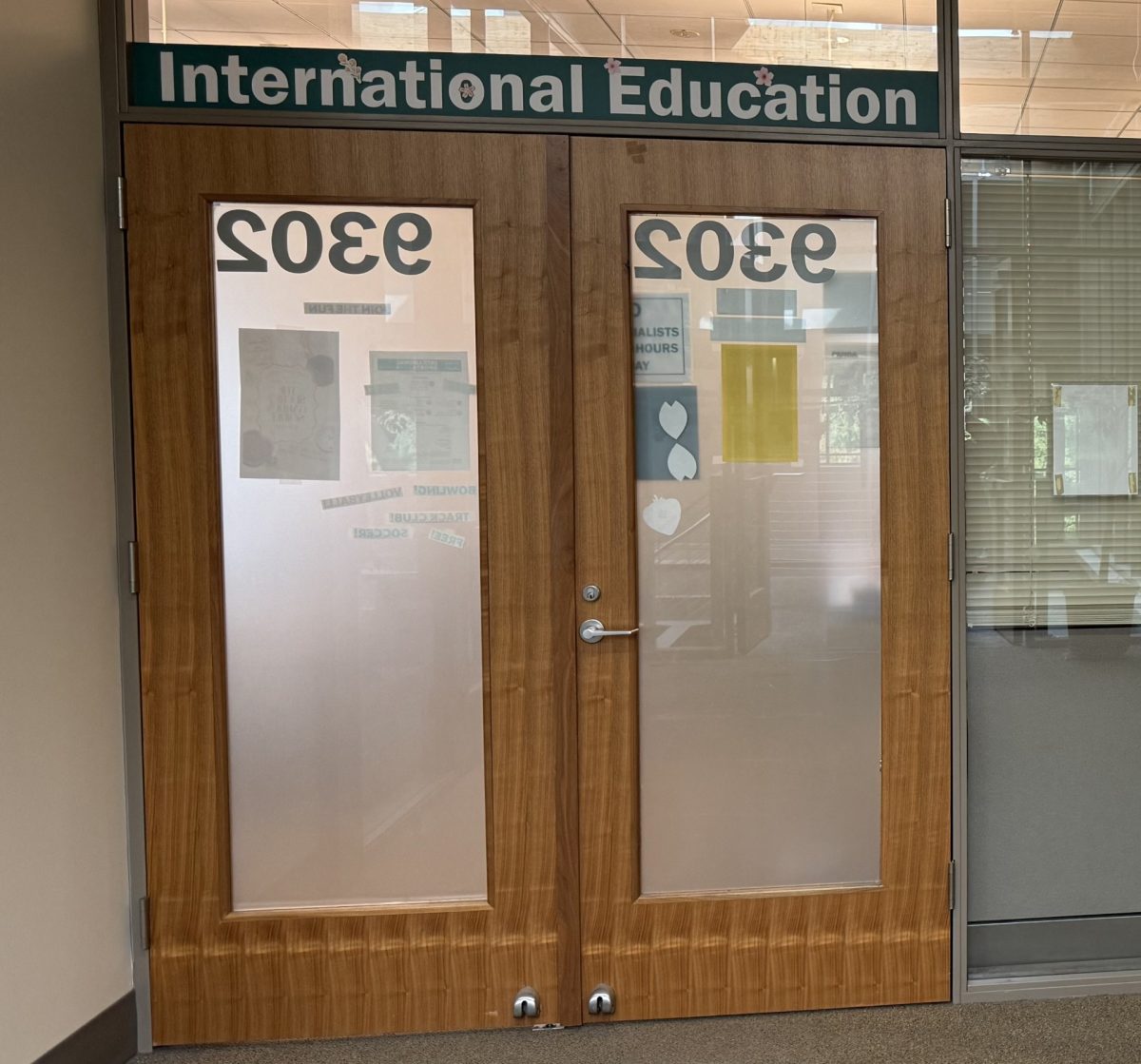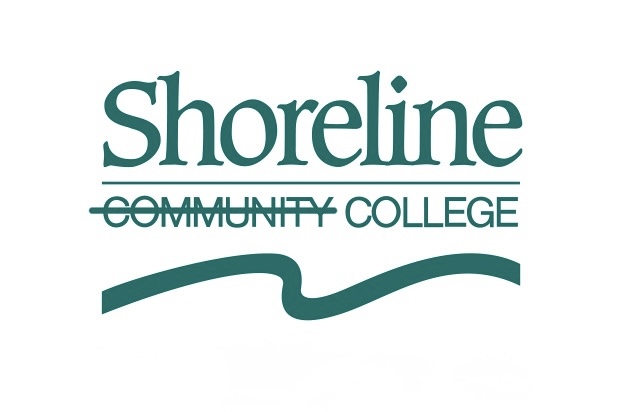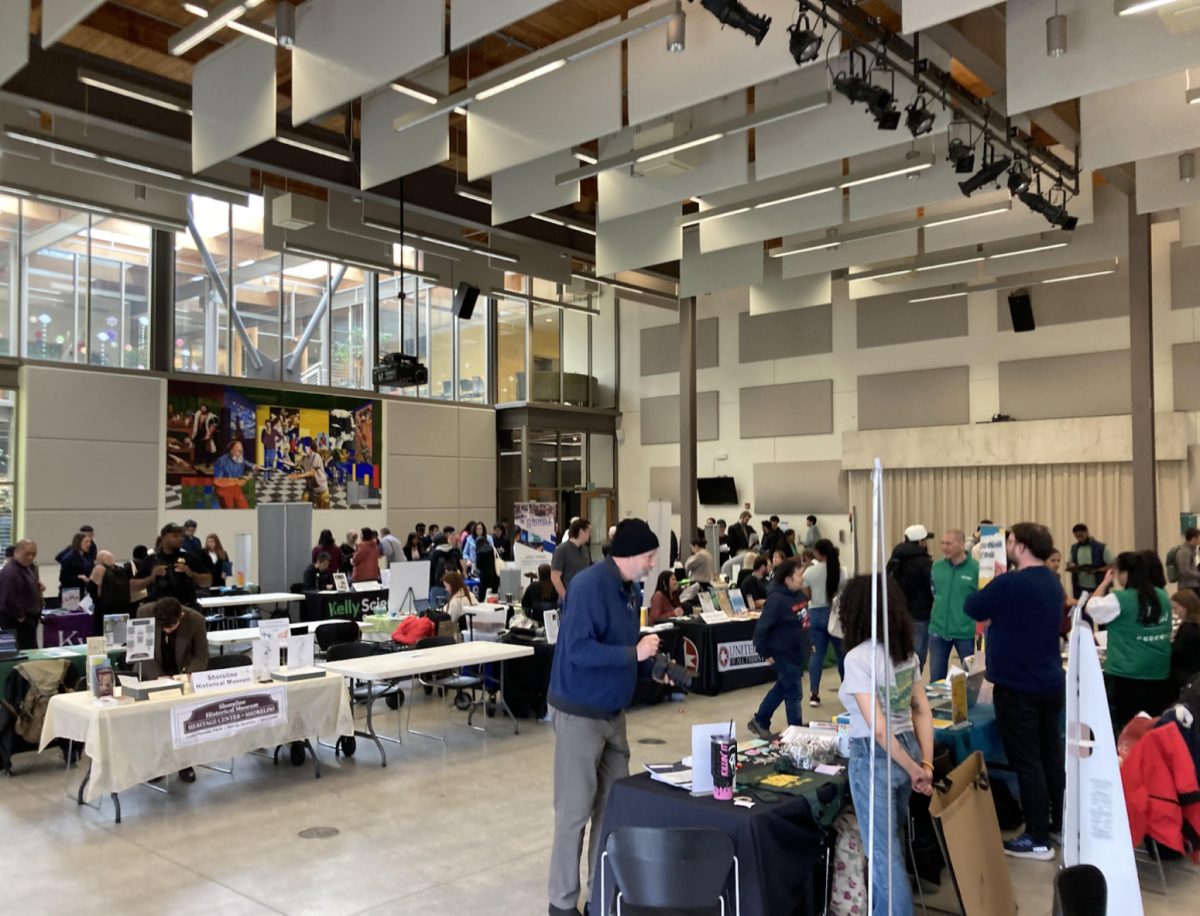Will Online Classes Persist After the Pandemic?
October 15, 2021
Online classes were already on the rise before the COVID-19 pandemic.
However, subsequent closures and stay-at-home orders only propelled remote education forward. As schools around the world made the transition, the use of virtual classrooms, apps, video conferencing tools and other online software has skyrocketed — so much so that the overall market for online education is expected to climb $350 billion by 2025.
This projection alone paints a positive future for virtual learning.
Benefits
In a Sept. 14, 2020 NPR article, Western Governors University graduate Michelle Krallman identified flexibility as one of the key advantages to online classes. She was able to complete an online bachelor’s degree while juggling a full-time job.
Krallman was also able to pursue recreational activities while getting her degree. For her, maintaining healthy boundaries between college and other aspects of her life was essential.
Remote learning also serves as a great way to prepare students for the new normal, where most jobs are performed online. This is particularly true in digital professions like cybersecurity.
As part of Maryville University’s online cybersecurity program, students train in a virtual lab accessible from any device. The platform gives students the opportunity to develop technical and analytical cybersecurity skills in a safe and protected environment, and was even recognized by Apple for innovation in mobile technology.
Similarly, digital marketers have become in demand as a result of businesses resuming operation online.
Such opportunities have allowed students to tailor their education according to their needs and budgets. Most importantly, online learning allows them to remain at home, reducing the risk of contracting COVID-19.
Challenges
Where there are benefits, there are also roadblocks.
According to a May 19 Forbes article, only 30% of 11,648 online enrollee respondents thought that online classes were worth the cost. This response takes into account both academic and social experiences.
Indeed, online classes may not be able to replace face-to-face conditions completely — many courses still require in-person interaction and demonstrations. Highly technical classes, such as medical or engineering courses, demand lab-based interactions.
SCC’s automotive program is one such department that relies on in-person operations. While instructor Jeff Cromwell has acknowledged the flexibility of online courses, he explained that it doesn’t apply to students who need to participate in shop activities.
What’s Next?
Remote operations in 2020 provided a glimpse into the full potential of online classes.
It’s clear from students’ sentiments that education can’t be conducted entirely virtually. But although there are still a few kinks to iron out, the benefits of online learning greatly outweigh the challenges.
Schools across the U.S. have gradually reopened and adopted hybrid models. On-site classes look nothing like they did pre-pandemic: Institutions are incorporating all the best components from online classes to supplement face-to-face courses.
With more time and resources invested into improving the remote learning experience, it’s likely that the nation can expect it to stay for good.
Courtney Bing is an insights columnist with a focus on education and youth culture. On weekends, she enjoys exploring the trails of the Pacific Northwest with her two dogs.






